Extreme Techno-Geographies of Extraction
—Inhabitants: What Is Deep Sea Mining?
Curated by Daniela Zyman
About this programme

Inhabitants, What is Deep Sea Mining? Episode 2: Deep Frontiers, 2018. Written by Stefan Helmreich. With Margarida Mendes. Commissioned by TBA21–Academy. Video still
The web series What is Deep Sea Mining? (2018–ongoing) is part of a larger commission focused on Deep Sea Mining initiated and produced by TBA21–Academy, an itinerant site of cultural production and interdisciplinary research focused on today’s most urgent ecological, social, and economic issues concerning the oceans.
The first three episodes were available to stream on this platform from November 12th to December 12th, 2020.
What is Deep Sea Mining? Episode 1: Tools for Ocean Literacy (6’45”)
What is Deep Sea Mining? Episode 2: Deep Frontiers (6’46”)
What is Deep Sea Mining? Episode 3: The Azores Case (8’25”)
Video—with its Latin root in videre, to see—advances a technology of visualization based on the intensification and temporalization of visual representation. Video transfixes the act of seeing and understanding, of noticing, verifying, and evidencing by constructing seductive, photosensitive image captures. Despite the leaps in image saturation and the embedded apparatuses of image capturing (drones, buoys, satellites, telescopes, ROVs), the resolution and depth of the visible spectrum remain poor and superficial when mapping deep space, specifically what is beyond the surface of the oceans or the frontiers of outer space. Hence, seeing, sensing, and knowing often take us on to different trajectories.
Inhabitants, a project by Mariana Silva and Pedro Neves Marques, uses the production and dissemination matrix of the newsroom to talk back at the opulence and relentless visuality of image production and the (sometimes dark) ubiquity of online information. In the short video clips addressing What is Deep Sea Mining? and produced for online streaming on their own broadcasting network (http://inhabitants-tv.org/) and other available channels, research is not only content but also form. Taking an aesthetic and ethical distance from effect-producing formats, Inhabitants involves methodically parsed arguments and facts, combined with renderings and archival ROV and satellite footage as well as statements by activists, the mining industry, policymakers, lawyers, biodiversity experts, and ocean researchers. This is a project focused on understanding and knowing the impact and possible outcomes of the intensification of industrial activity on the seafloor. So: What Is Deep Sea Mining?
The deep sea is presently being prospected as the last frontier of extractivism. Techno-scientific robots have drawn the seabed within the reach of a new class of explorers, investors, and complicated private-public partnerships. About 1500 ultra-deepwater semi-submersible mobile offshore drilling units (MODU), such as the ill-fated Deepwater Horizon are currently being deployed all over the globe for deep-water exploration. Extreme oil and gas extraction, providing about a third of current fossil fuel production, is the precursor to a novel entrepreneurial exploit: deep sea mining. The rush to the deep and into new techno-geographies of extraction, regardless of ecological and political implications and the costly occurrences of spilling disasters, is being promoted and field-tested as the coming mega-industrial feat in the conquest of nature. Boundless reserves of manganese and polymetallic nodules located at depths below 4000 meters, cobalt crusts of undersea mountain ranges, and sulphides near tectonic plate boundaries but all gold, copper, and rare earth findings have fueled commercial euphoria over marine mining since the early 1980s. The resurging interest in extreme, that is deep-sea metal is mandated by the sharp increase in resource prices and the rising demand on world markets. Industrial and geopolitical interests in safeguarding national supplies have deterritorialized mineral extractionism through international partnerships to Pacific Island nations, such as Papua New Guinea, Fiji, and Tonga, but also New Zealand, Japan, and the Portuguese Azores archipelago. Countries with no access to sea resources are seeking to assert extraterritorial claims in the oceans and are lobbying with international policy entities. The speculative prospects of deep-sea mining are re-drawing the colonial frontier.
The industrial-scale prospecting in the oceans comes at a time of increased awareness of the fragile aquatic ecosystems supporting planetary survival through their regulatory functions. Hydrofeminist thinkers, complex system theoreticians, ecologists, marine biologists, and artists have contributed to other forms of engaging with the oceans. They have raised strong concerns against the prevalent process of bringing “nature” into the neoliberal system, whereby the commodification of natural resources is being construed as a project of blue sustainability, combining the interests of capital with ecological ambitions. By “selling nature to save it,” “nature” is being offered “the opportunity to earn its own right to survive in a world market economy.”[1] The rampant exploitation of the deep befalls us simultaneously to that of other non-human life-forms, innocuous organisms whose majority we have not even begun to know. Newly discovered microbial symbionts are being retrieved from the “last unexplored wilderness”[2] of the deep sea and then patented by pharmaceutical companies appropriating biological diversity in the name of science and conservation.
What Is Deep Sea Mining? collects and analyzes data and evidences of the imminent transformation provoked by ocean floor extractivism. Using different imaging and narration techniques, the three episodes implicitly critique the role of image-making in fixing representations of the world and of nature. They offer “a cartographical survey of technologies that have contributed to seabed mapping.”[3] The scanning the ocean floor with remote operated vehicles, for instance, enhances and extends human vision at great depth. However, the story that is being brought back to the surface is one of an alien other, a techno-scientific frontier that awaits “taming and commercializing.”[4] Juxtaposing space age fantasies with the deep frontiers of subaquatic mining unfolds arguments of colonialism and trespassing which link exploration and exploitation. The three episodes thus travel through time and space, narrating the history of deep-sea oceanography and zooming in to the situated geographies of prospected extraction. Since the oceans remain a realm of utter unknowability, knowing the oceans and the harmful realities of deep-sea mining becomes foremost a project of ocean literacy and not one of representation. Art and document, nonfiction writing, documentary filmmaking, factual exploration, and image making can then be realigned to start telling new stories about the deep, stories through which to imagine other oceanic futures.
Daniela Zyman
[1] Kathleen McAfee, “Selling Nature to Save It? Biodiversity and Green Developmentalism,” Environment and Planning D: Society and Space vol. 17, no. 2 (April 1, 1999): 134.
[2] Stefan Helmreich, Episode 2: Deep Frontiers, 2018.
[3] Artists’ statement.
[4] Ibid.
Video programmes

‘How To Tell A Story’?
By associazione culturale Urbs Picta
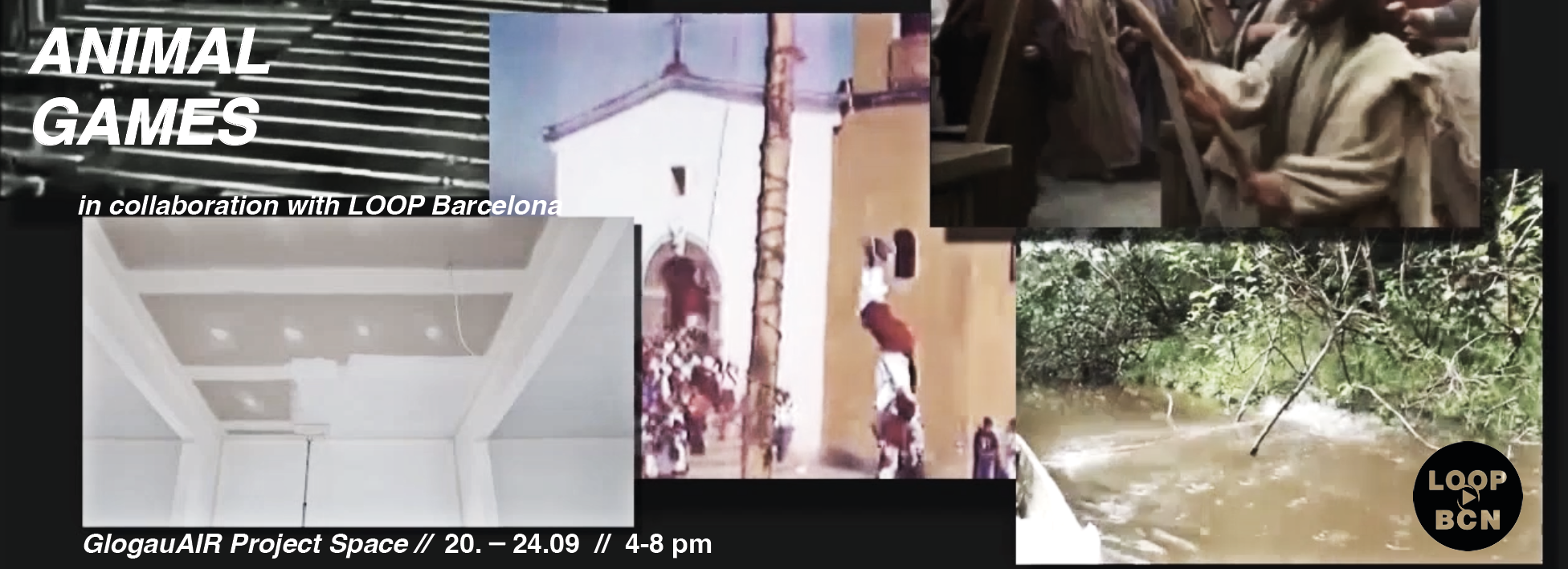
Animal Games
By Laura Olea López and Suzy Royal

Hicham Berrada. ‘Concordance des temps’
By Pascale Cassagnau
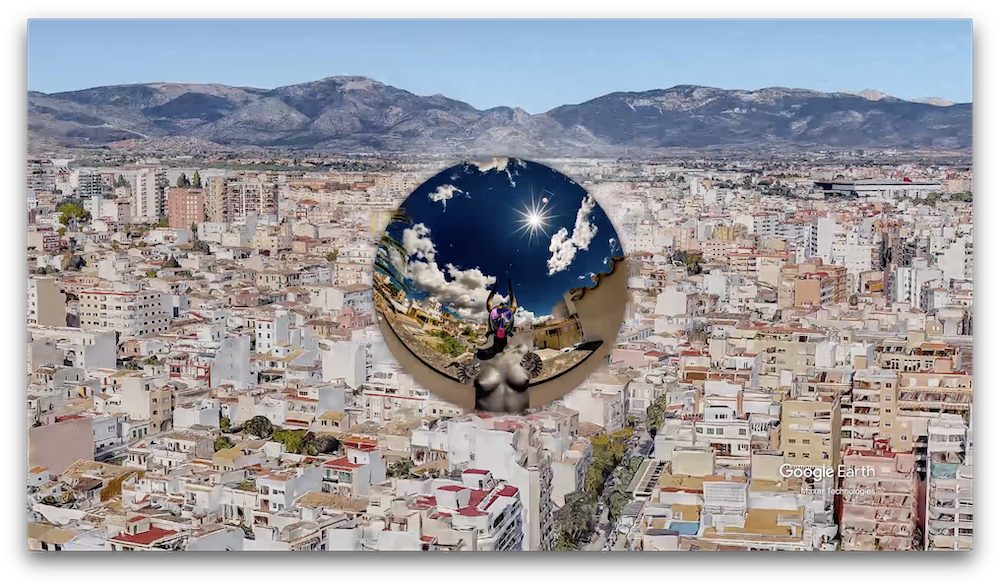
Gabriel Lacomba ‘#crònicapandèmia’
By Jaume Reus

Cao Fei for LOOP
By Hans Ulrich Obrist and Cao Fei
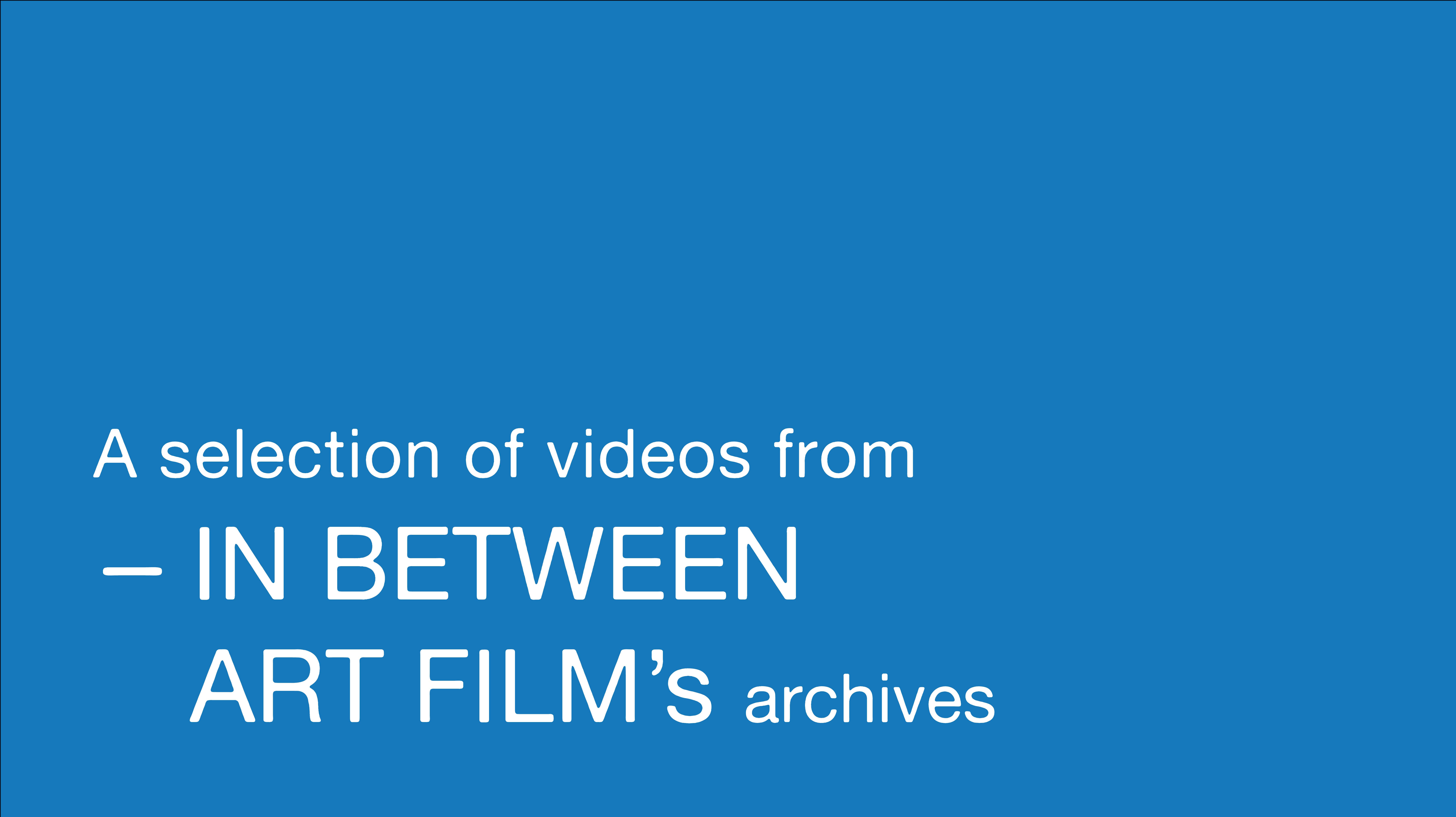
“Time Passed like a Courier with Urgent News”
By Carolina Ciuti
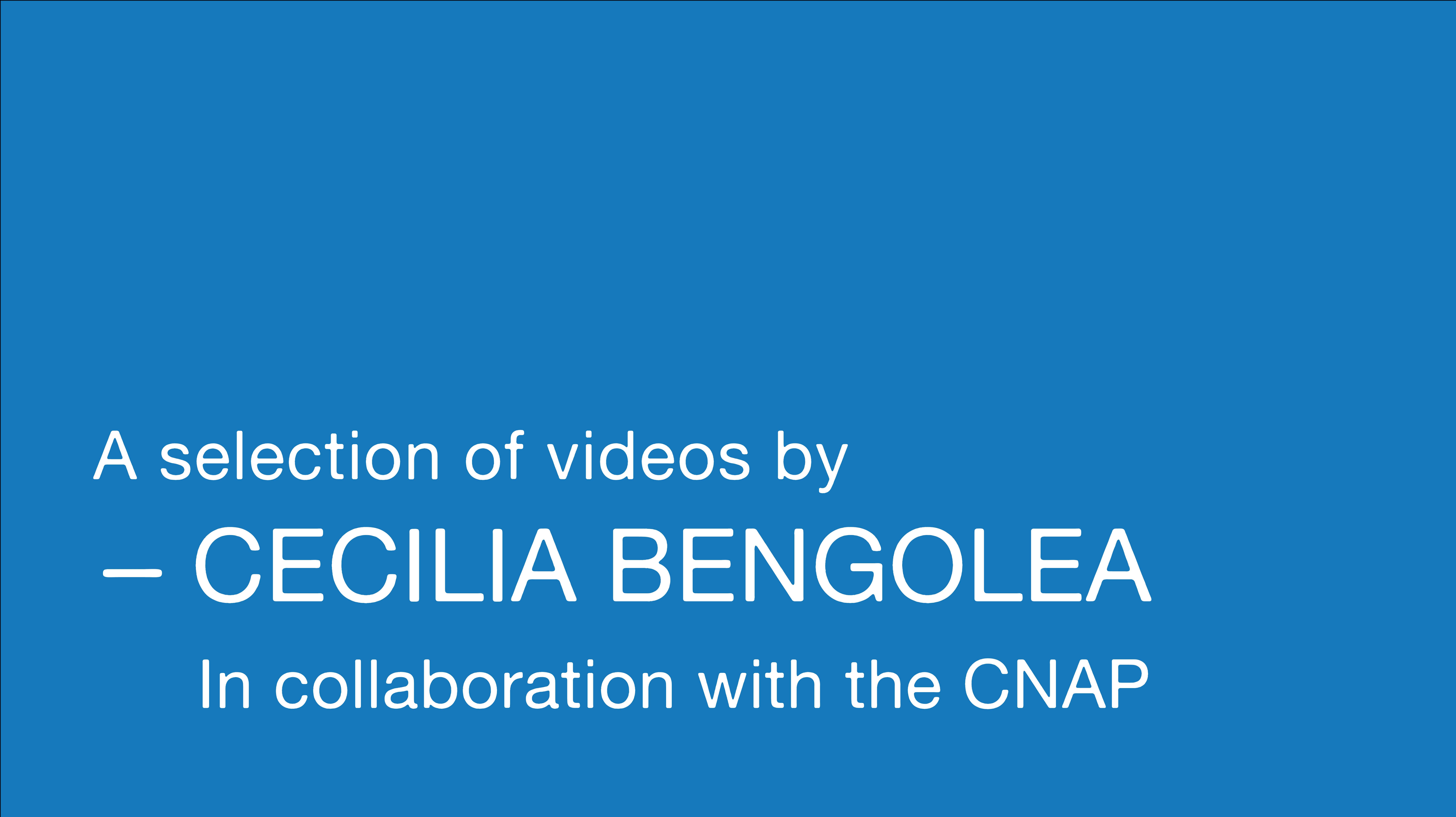
The Dancing States of the Political Body
By Pascale Cassagnau

Watery Witnesses
By Daniela Zyman and Soledad Gutiérrez
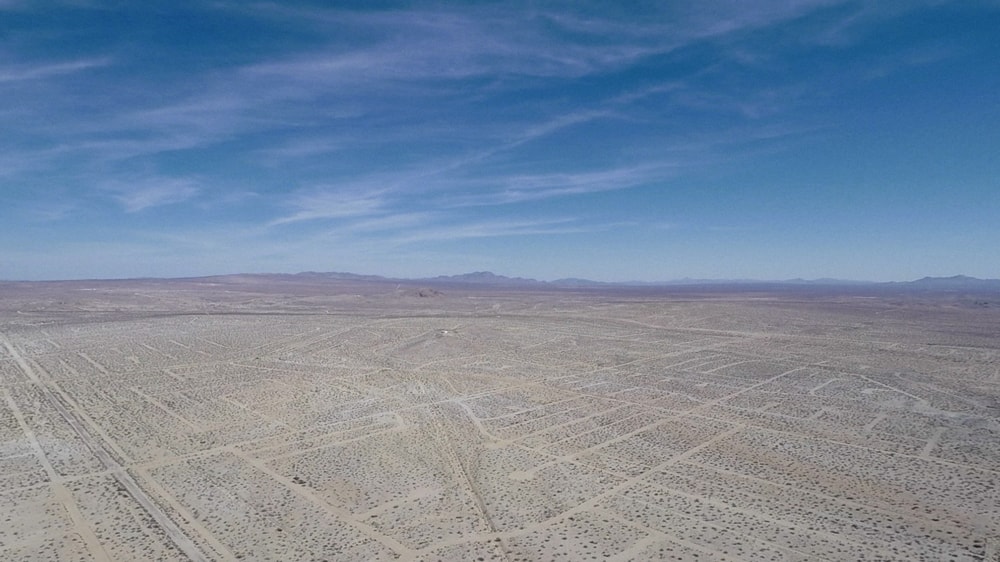
As Soon As If It Was Not
By Pedro Torres
